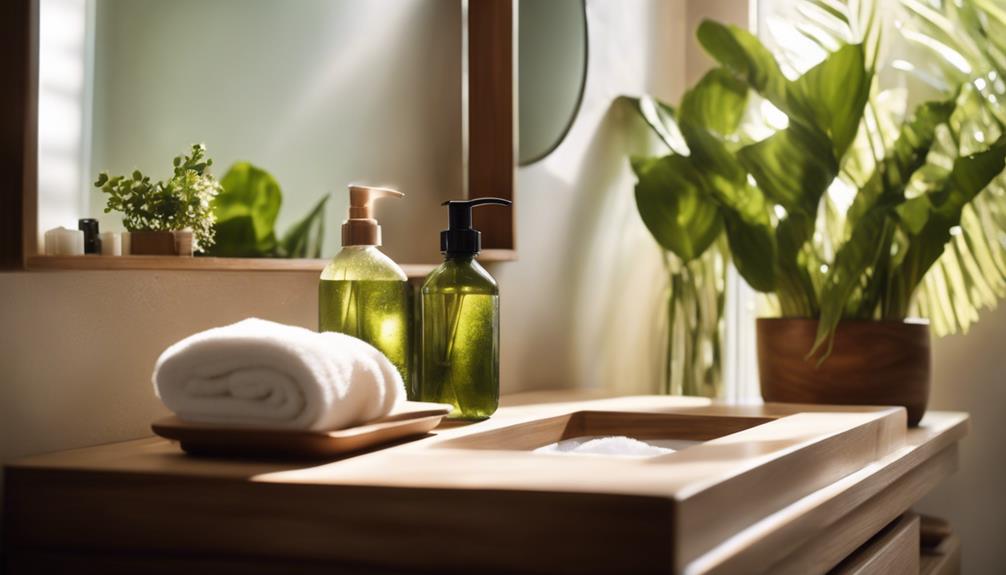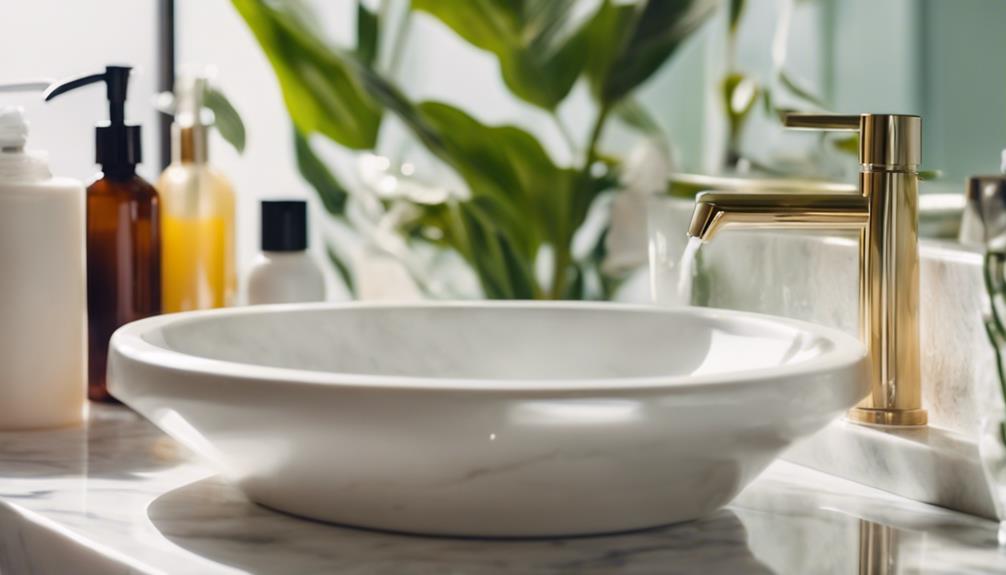Tanning beds can help you achieve a sun-kissed glow, but it’s crucial to protect your eyes. They are more susceptible than you may realize to harmful UV rays, which can result in conditions like cataracts or worse. Make sure to wear UV-blocking goggles – they are not just a fashion accessory! Simply closing your eyes won’t provide sufficient protection, as UV rays can be tricky. If you experience any discomfort afterwards, soothing eye drops can come to the rescue. Safeguarding your eyes is incredibly important, and it’s simpler than you might think. Curious about more strategies to maintain healthy eyes? Stay tuned for some fantastic tips!
Key Takeaways
- Always wear FDA-approved UV-blocking goggles during tanning sessions to protect your eyes from harmful UV radiation.
- Limit your tanning sessions to reduce overall UV exposure and minimize the risk of eye damage.
- Educate friends and family about the importance of eye safety while using tanning beds.
- Post-tanning, wear stylish sunglasses to shield your eyes from lingering UV rays.
Risks of UV Radiation
The dangers of UV radiation from tanning beds can seriously threaten your eye health, increasing the risk of conditions like cataracts and macular degeneration.
Imagine your eyes as your personal security guards, working hard to keep harmful rays at bay! Yet, when you step into a tanning bed without proper protection, those guards are left defenseless.
Tanning beds emit UV light that's up to 100 times stronger than the sun, so skipping goggles is like going into battle without armor. You might notice short-term effects like red, itchy, or watery eyes, but the long-term damage can sneak up on you.
Importance of Protective Eyewear
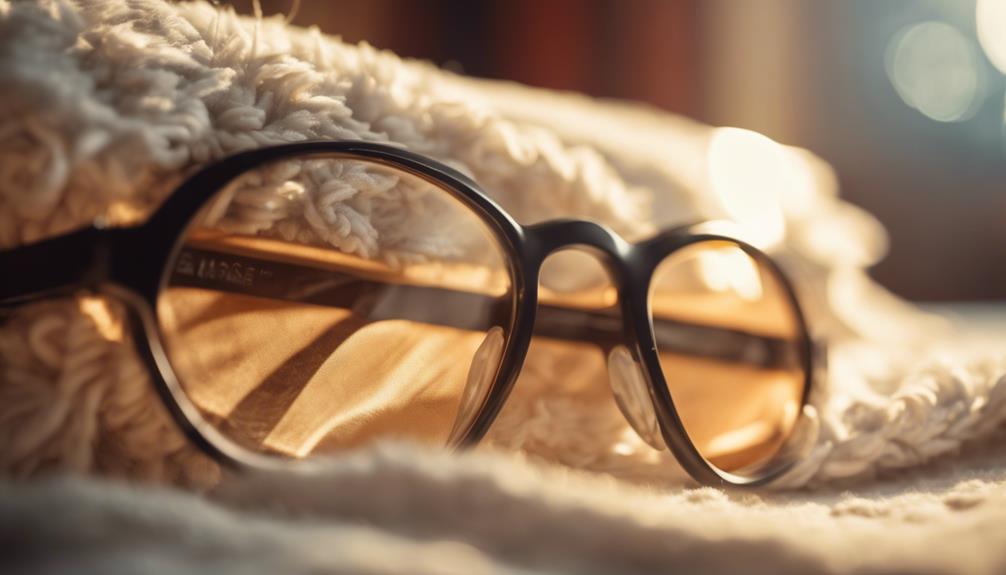
Wearing protective eyewear during tanning sessions is essential for safeguarding your eyes from harmful UV radiation. Think of your eyes as precious windows; you wouldn't want to leave them unguarded, right?
Those UV rays can be sneaky, causing serious issues like cataracts and eye cancers. So, you need proper UV-blocking goggles that fit snugly—no gaps for those rays to sneak in! Just closing your eyes isn't enough; it's like trying to block a flood with a paper towel.
Plus, it's not just about today; long-term damage can build up over time, making those goggles your best friends. So, grab those goggles and protect your sight, because you deserve to enjoy every sunny moment without worrying about your eyes!
Safe Tanning Bed Practices
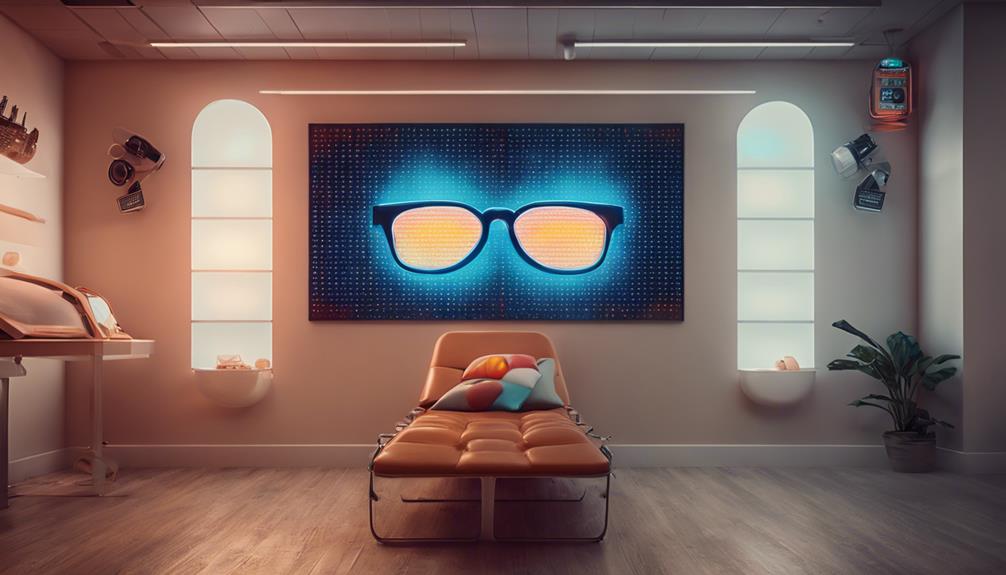
Using FDA-approved UV-blocking goggles and limiting your tanning sessions can greatly reduce the risks associated with UV exposure.
Think of those goggles as your superhero mask, ready to protect your eyes from the villainous UV rays! It's also smart to keep your tanning sessions short—like a quick snack instead of an all-you-can-eat buffet—so your skin and eyes don't get overwhelmed.
Remember to educate your friends and family about these safety tips, because sharing is caring!
After tanning, rock some stylish sunglasses to shield your eyes from any lingering rays. And if your eyes feel a bit tired, soothing eye drops can be your best buddy.
Recognizing Eye Damage Symptoms
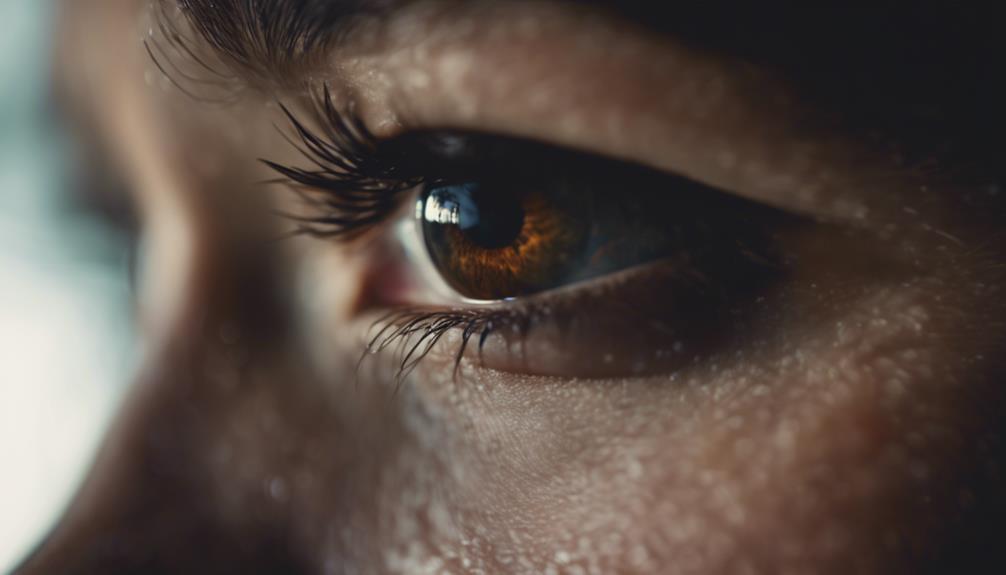
Recognizing early symptoms of eye damage from tanning beds can help you take action before serious issues develop. Keep an eye out for signs like red, itchy, or watery eyes, which could mean your peepers are protesting against UV exposure. Check out this handy table to spot symptoms and their meanings:
| Symptom | What It Means | Next Steps |
|---|---|---|
| Red, itchy eyes | Possible irritation or burning | Rinse with cool water |
| Blurred vision | Potential UV damage | Consult an eye doctor |
| Sensitivity to light | Overexposure to UV rays | Wear sunglasses outdoors |
If you notice any of these symptoms, don't just brush them off! Taking care of your eyes is super important for long-term health and vision.
Managing Eye Injuries
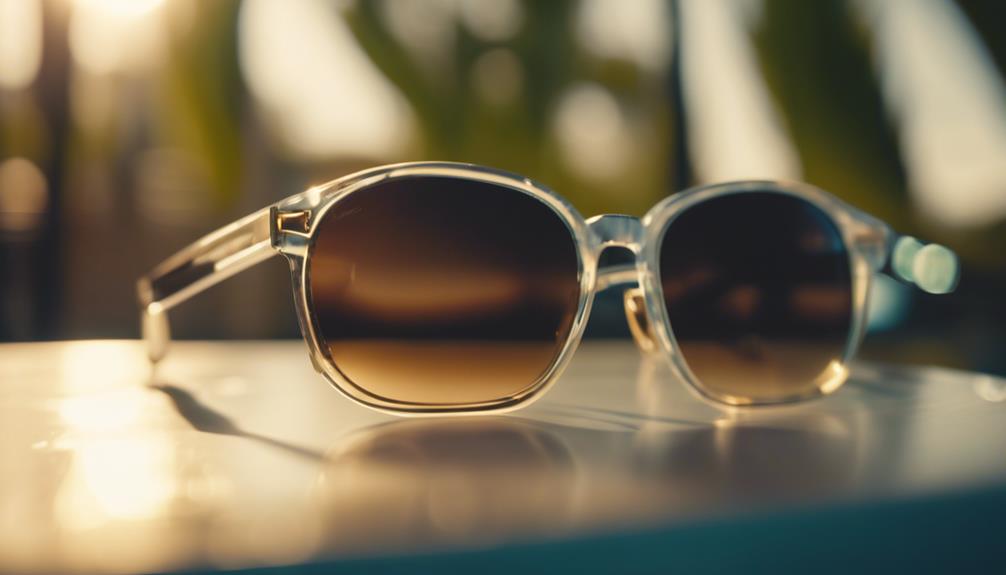
Managing eye injuries from tanning beds requires prompt attention to symptoms and effective strategies to mitigate further damage.
If you notice blurred vision, light sensitivity, or strange color changes, don't shrug it off—those aren't the signs of your eyes having a party! Instead, get to an eye care professional right away. They can help assess the situation and recommend the best course of action.
Meanwhile, soothing eye drops might ease discomfort. Remember, your eyes are precious, so treat them well!
Regular check-ups can catch issues before they become serious; think of them as routine maintenance for your vision.
Common Myths About Eye Safety
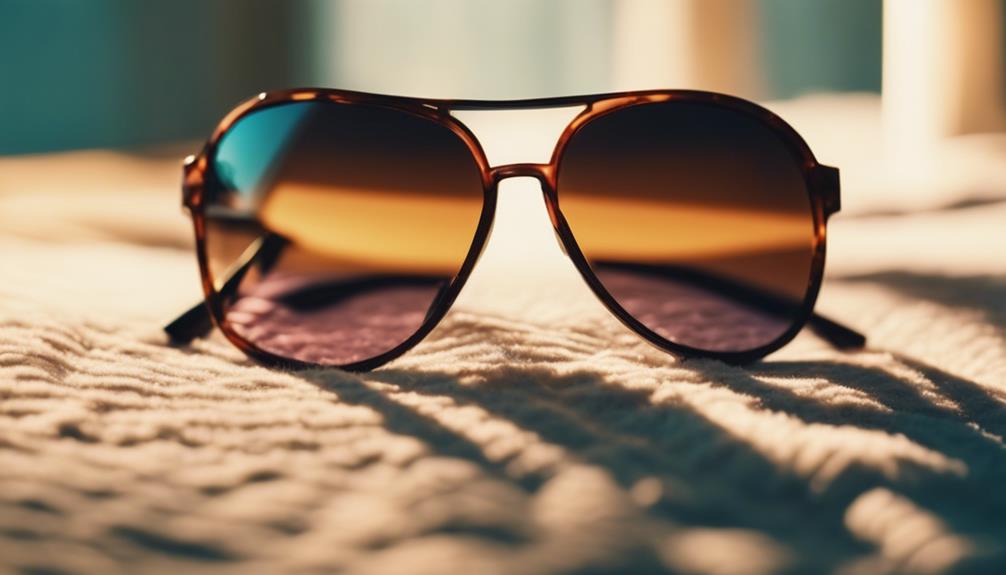
Despite understanding the risks of eye injuries from tanning beds, many still hold onto common myths about eye safety that can lead to serious consequences. Let's debunk a few of those myths together:
- Myth 1: Closing your eyes is enough protection.
- Myth 2: Any sunglasses will work in a tanning bed.
- Myth 3: Tanning beds are safe if you don't tan often.
These misconceptions can be dangerous! Just because you don't see immediate harm doesn't mean it isn't happening.
Think of your eyes like a smartphone screen; you wouldn't use it without a protective case, right? So, make sure to wear proper eyewear, and keep those peepers safe while you tan!
Tips for Eye Health Maintenance

To maintain ideal eye health, it's essential to incorporate regular check-ups and protective measures into your routine.
Think of your eyes like superheroes; they need their capes, which in this case, are UV-blocking goggles! Always wear these goggles in tanning beds to shield your eyes from harmful rays.
Regular visits to the eye doctor can help catch any issues early, just like a superhero spotting trouble before it happens.
After your tanning session, don't forget those stylish sunglasses; they're not just for looks, but also protect against leftover UV rays.
And if your eyes feel a bit tired or irritated, soothing eye drops can be your trusty sidekick!
Frequently Asked Questions
Can I Use Regular Sunglasses Instead of Tanning Goggles?
You can't use regular sunglasses instead of tanning goggles. They don't provide the necessary UV protection. Always opt for FDA-approved UV-blocking goggles that fit snugly to guarantee your eyes stay safe during tanning sessions.
How Often Should I Replace My Tanning Goggles?
Think of your tanning goggles like a trusty umbrella; they shield you from harmful rays. Replace them every 6-12 months, or sooner if damaged, to guarantee ideal protection for your eyes during tanning sessions.
What Are the Best Brands of Uv-Blocking Goggles?
When choosing UV-blocking goggles, brands like EyeCandy, Solar Eye, and SunGlo offer excellent protection. Make sure they fit snugly and provide 99-100% UV coverage to safeguard your eyes effectively during tanning sessions.
Are There Specific Tanning Beds That Are Safer for Eyes?
Did you know tanning beds can emit UV rays up to 100 times stronger than natural sunlight? Unfortunately, no tanning bed is completely safe for your eyes. Always use protective eyewear to minimize risks.
Can I Tan Safely Without Using a Tanning Bed?
You can tan safely without using a tanning bed by opting for natural sunlight or self-tanning products. Just remember to apply sunscreen, stay hydrated, and limit your sun exposure to avoid skin damage.
How Can I Protect My Eyes While Using a Tanning Bed?
When using a tanning bed, always prioritize your safety. Wear protective eyewear to shield your eyes from harmful UV rays. Tanning bed safety essentials like goggles can prevent potential damage and ensure your eyes stay healthy. Make it a habit to always prioritize your eye protection while tanning.
Conclusion
So, before you hop into that tanning bed, remember that protecting your eyes is just as important as getting that golden glow.
Don't let your vision take a backseat while you chase a tan—after all, you can't put all your eggs in one basket!
Invest in UV-blocking goggles and practice safe tanning to keep your eyes healthy.
Your future self will thank you for it, and you'll be able to enjoy the sun without worrying about your peepers!

